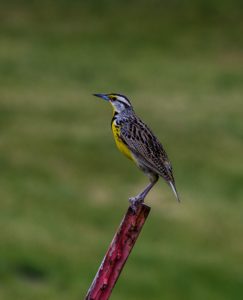
For me a session needs to have a balanced blend of meditation and yoga. Or some other form of physical exercise. Physical work and vigorous exercise should be part of your training, and this can be performed just before sittings so your body will be more comfortable and you will appreciate the cooler conditions.
Some yoga meditation centers will keep their rooms warmer.
They tend to focus more on relaxation than on vigor, although the distinction is not black-and-white, and you’ll find variations among all styles.
In the winter I often move to
Zhan Zhuang.
The cold will not have any negative side-effects on your meditation, not at all. I actually prefer meditating in a cooler place, because I think it helps keep me alert. But when sitting in the cold you should protect the vulnerable areas that can be easily penetrated by cold.
When you meditate in the cold make sure to cover your upper back and the back of your neck, up to the base of your skull.
This spot is notorious in Chinese Medicine as a place where wind and cold easily enter the body and create sickness.
Keep your lower back well protected.
Even if you don’t want to wear many layers on the rest of your body, the kidney area just below the ribs should be kept warm and protected against drafts.
Although cold may not penetrate as easily there, the repercussions are more serious if it does. I once got a kidney infection by being exposed to the IL winter. When I later learned that this area is seen as the deep energy storage for the body, and its weakness is cold; protecting it became a priority to help prevent the kind of deep exhaustion and illness that otherwise can occur in winter.
Cover your knees or wear thicker pants or warmers.
The knees are another gateway where cold can enter, and they are connected to the deep storage area around the kidneys. As large joints they also don’t have as much blood supply circulating through them, so the joints themselves become vulnerable to injury.
If it’s cold enough to warrant it, you may want to wear a hat, as some monks do.
Zhan zhuang standing practice in Qigong can heat your body up very quickly, and can train your ability to allow flow within minutes; and flow means circulation, which means warmth.
Zhàn zhuāng, literally: “standing like a post“, is a training method often practiced by students of neijia (internal kung fu), such as Yiquan, Xing Yi Quan, Bagua Zhang and Taiji Quan. Zhan Zhuang is sometimes translated Standing-on-stake, Standing Qigong, Standing Like a Tree, Post-standing, Pile-standing, or Pylon Standing. It is commonly called a form of Qigong, despite the differences from other Qigong methods in Zhan zhuang’s orientation.
This is possible within a few weeks or months of standing practice, depending on your body and aptitude.
This is useful because when we stay active outdoors; the body adapts to cold. It is even practiced here in the West. We just don’t realize it. By repeatedly exposing the body briefly to deep cold encourages cellular energy generation known as
mitochondria activity. You can observe this with lumberjacks, who, may plunge their hands, feet, and face into snow to develop long-term resistance to cold, and some folks do regular plunges in cold baths or even icy lakes.
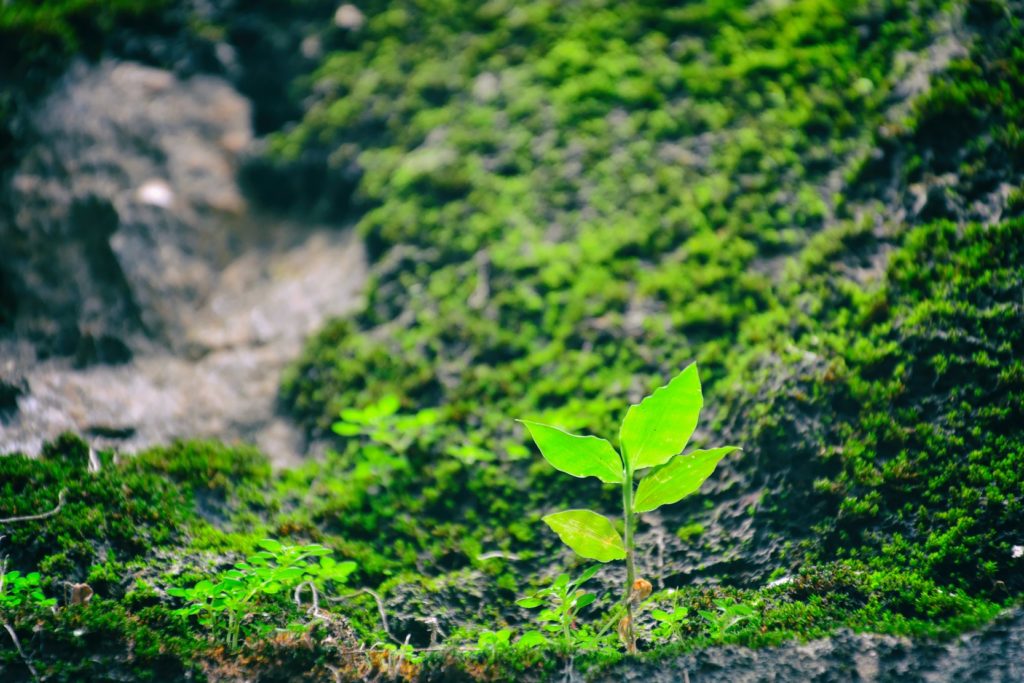 I was beginning to write down mostly my short-term goals and I realized I have no clue what to write down when it comes to long-term goals. I have a couple written down, but they are sparse. Maybe it is just because long-term plans should be taken more seriously. The point being to work toward them.
There are also plenty of ideas, ideas are cheap and easy, which is why they have not been set as an actual goals yet. I haven’t decided if I want to really devote the time to them yet.
As it stands now my short-term goals include: dropping bad habits one by one, connect more and maintain my workout routine.
For me it used to be so much to do and so little time. But if I had to say it differently, it would be so little to do and so much time. Sort of makes sense, but probably sounds like I don’t want to do anything, which is not what I meant. I want to get more done and in less time.
That is my long-term goal.
I was beginning to write down mostly my short-term goals and I realized I have no clue what to write down when it comes to long-term goals. I have a couple written down, but they are sparse. Maybe it is just because long-term plans should be taken more seriously. The point being to work toward them.
There are also plenty of ideas, ideas are cheap and easy, which is why they have not been set as an actual goals yet. I haven’t decided if I want to really devote the time to them yet.
As it stands now my short-term goals include: dropping bad habits one by one, connect more and maintain my workout routine.
For me it used to be so much to do and so little time. But if I had to say it differently, it would be so little to do and so much time. Sort of makes sense, but probably sounds like I don’t want to do anything, which is not what I meant. I want to get more done and in less time.
That is my long-term goal.  I was beginning to write down mostly my short-term goals and I realized I have no clue what to write down when it comes to long-term goals. I have a couple written down, but they are sparse. Maybe it is just because long-term plans should be taken more seriously. The point being to work toward them.
There are also plenty of ideas, ideas are cheap and easy, which is why they have not been set as an actual goals yet. I haven’t decided if I want to really devote the time to them yet.
As it stands now my short-term goals include: dropping bad habits one by one, connect more and maintain my workout routine.
For me it used to be so much to do and so little time. But if I had to say it differently, it would be so little to do and so much time. Sort of makes sense, but probably sounds like I don’t want to do anything, which is not what I meant. I want to get more done and in less time.
That is my long-term goal.
I was beginning to write down mostly my short-term goals and I realized I have no clue what to write down when it comes to long-term goals. I have a couple written down, but they are sparse. Maybe it is just because long-term plans should be taken more seriously. The point being to work toward them.
There are also plenty of ideas, ideas are cheap and easy, which is why they have not been set as an actual goals yet. I haven’t decided if I want to really devote the time to them yet.
As it stands now my short-term goals include: dropping bad habits one by one, connect more and maintain my workout routine.
For me it used to be so much to do and so little time. But if I had to say it differently, it would be so little to do and so much time. Sort of makes sense, but probably sounds like I don’t want to do anything, which is not what I meant. I want to get more done and in less time.
That is my long-term goal. 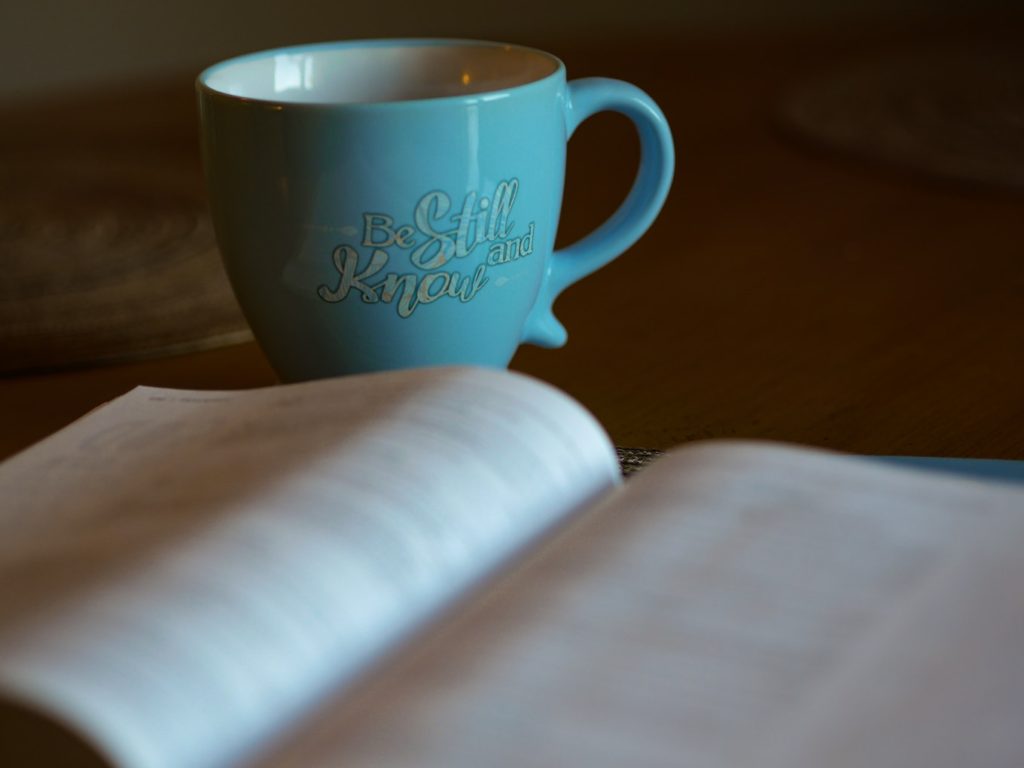

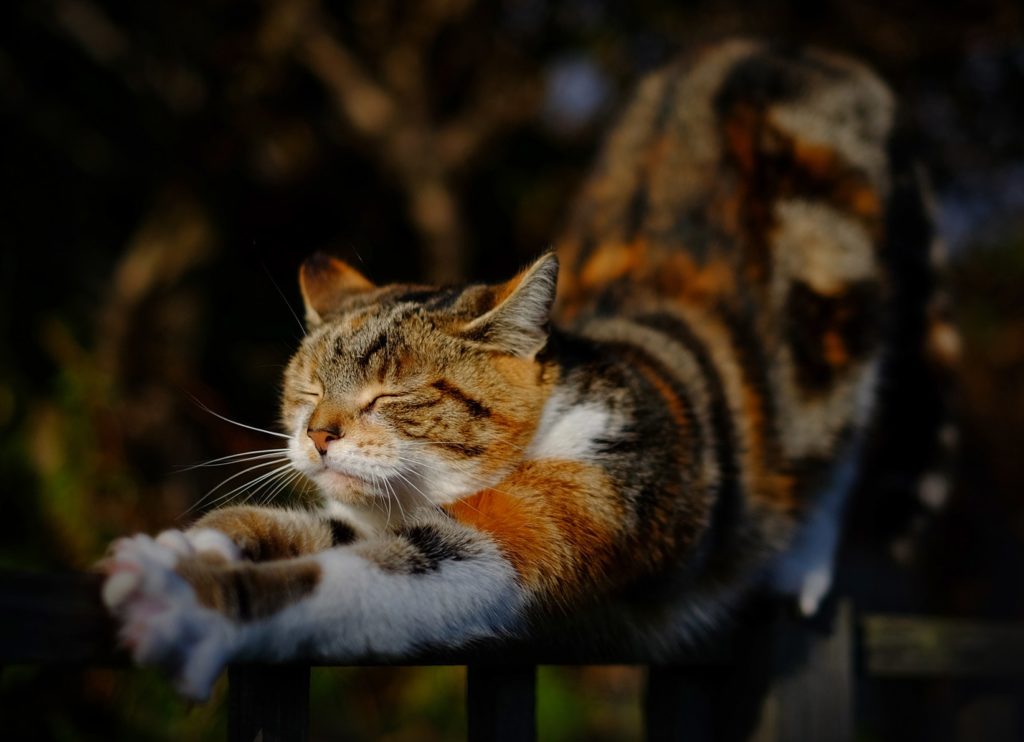 Does yoga equal meditation? Or is meditation a form of yoga?
Yoga is more than stretching.
Yoga has meditative aspects but it isn’t a replacement for meditation.
Yoga, as commonly defined is an 8 fold path to enlightenment. Of those, about 5 involve some sort of meditation. That being said, there are many forms of moving meditation that may work, asana included.
Some use walking meditation as a stepping stone. Hell, some days I make more mental progress doing pause squats than I do sitting down.
It’s easier, for some people, to start with yoga and transition to a seated meditative practice later on.
You see yoga can become like a moving meditation, but the true essence of meditation is obtained through not doing anything, just pure being, pure awareness, the separation of mind and consciousness. There are eight limbs of yoga, and the practice of asanas is only the third one, with the seventh being meditative absorption, and the eighth being integration. All of the limbs are important in order to achieve the last one. As for the benefits of yoga, the only way to truly experience them is to create your own personal daily practice, just like with meditation.
I meditate for 30 minutes alone in a quiet place, and it often takes 5-15 minutes to go into a deep relaxed state, a state I’ve never come close to achieving through yoga.
I tend to view yoga as a preparation for meditation. I have some back issues and am not able to sit comfortably until after yoga. So I do 15 minutes yoga, 30 minutes meditation, 15 minutes yoga. It also helps me focus my attention for meditation after all the multitasking I do at work.
The goal of asana practice is to prepare the body for mediation.
Does yoga equal meditation? Or is meditation a form of yoga?
Yoga is more than stretching.
Yoga has meditative aspects but it isn’t a replacement for meditation.
Yoga, as commonly defined is an 8 fold path to enlightenment. Of those, about 5 involve some sort of meditation. That being said, there are many forms of moving meditation that may work, asana included.
Some use walking meditation as a stepping stone. Hell, some days I make more mental progress doing pause squats than I do sitting down.
It’s easier, for some people, to start with yoga and transition to a seated meditative practice later on.
You see yoga can become like a moving meditation, but the true essence of meditation is obtained through not doing anything, just pure being, pure awareness, the separation of mind and consciousness. There are eight limbs of yoga, and the practice of asanas is only the third one, with the seventh being meditative absorption, and the eighth being integration. All of the limbs are important in order to achieve the last one. As for the benefits of yoga, the only way to truly experience them is to create your own personal daily practice, just like with meditation.
I meditate for 30 minutes alone in a quiet place, and it often takes 5-15 minutes to go into a deep relaxed state, a state I’ve never come close to achieving through yoga.
I tend to view yoga as a preparation for meditation. I have some back issues and am not able to sit comfortably until after yoga. So I do 15 minutes yoga, 30 minutes meditation, 15 minutes yoga. It also helps me focus my attention for meditation after all the multitasking I do at work.
The goal of asana practice is to prepare the body for mediation. 
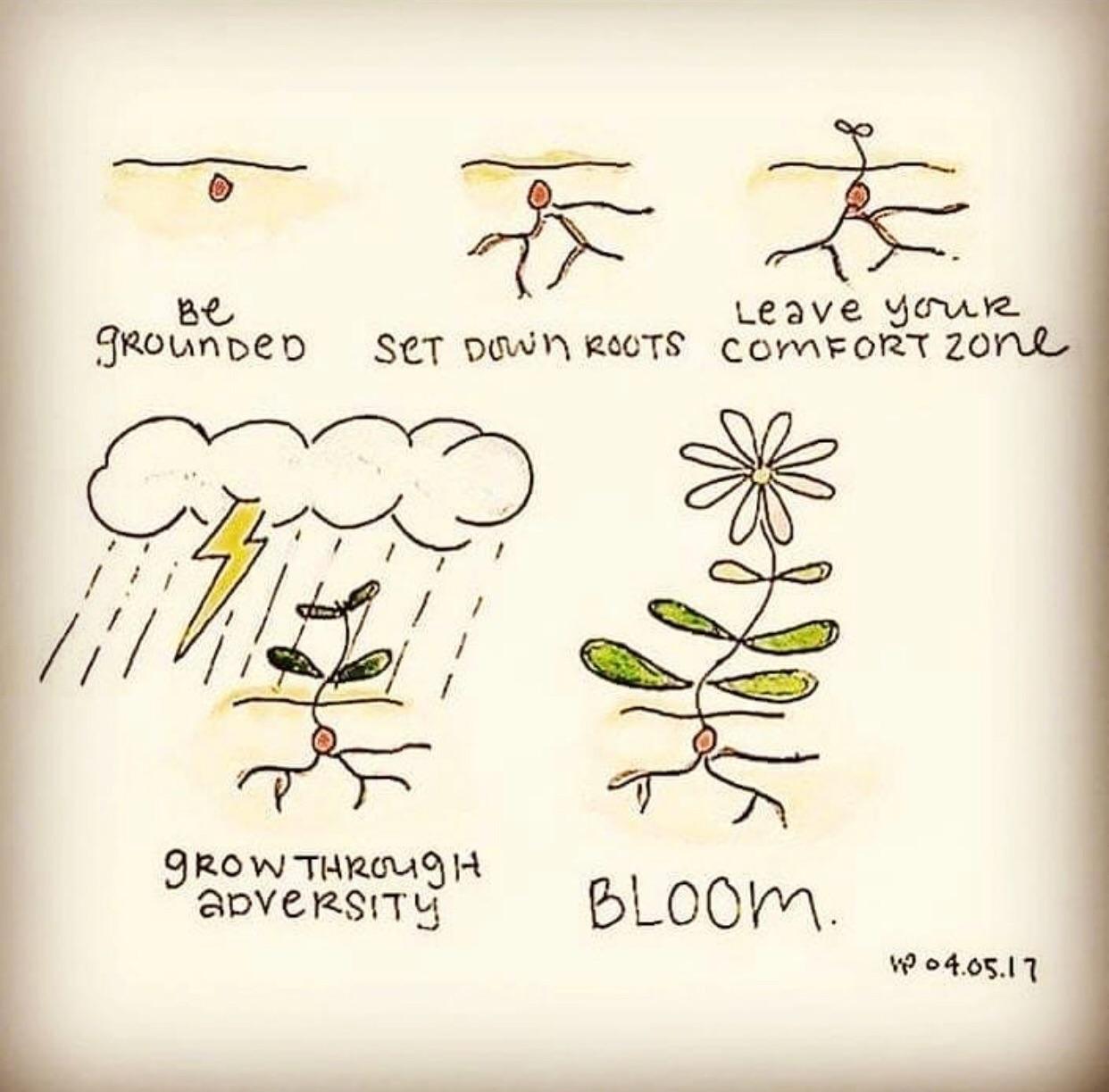
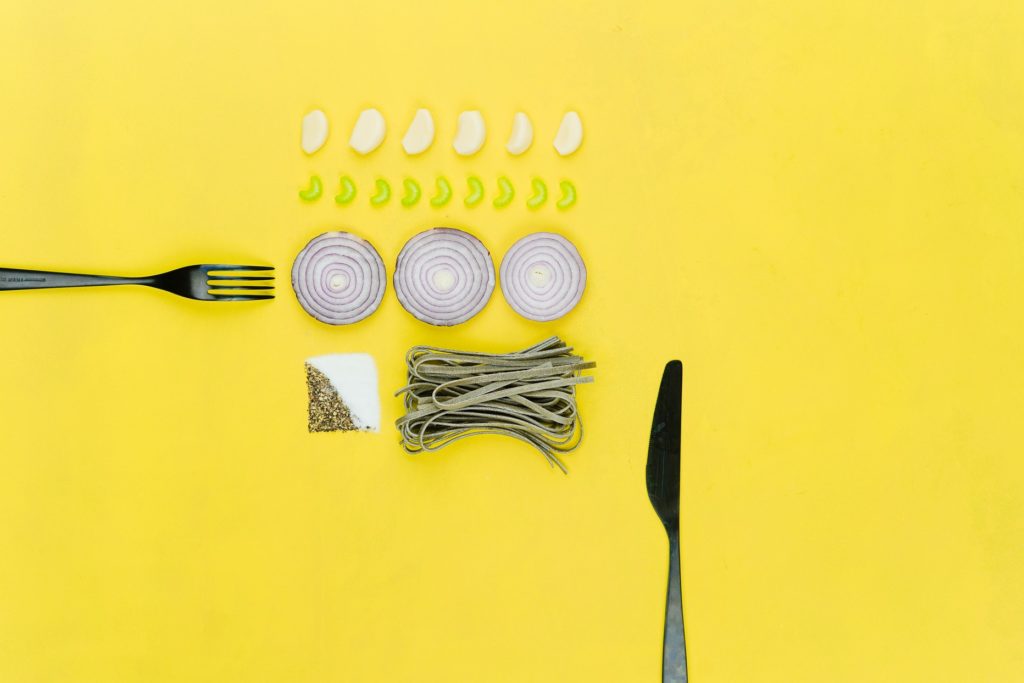 The joy of a home cooked meal. There is something about it. I can’t tell you exactly what it is, why it means so much to me, or what it means to you. All I can clearly say is that it is not something that I really appreciated until it was gone.
My mother can cook. And while we didn’t live on a far, suburban Chicago still knows how to bake an apple pie.
For me, cooking is freedom, meditation, and a treat. It’s good for clearing my mind after a long day. I don’t get to cook at home nearly as much as I would like, but when I do I feel right at home. I also find great satisfaction in efficient prep, kitchen chemistry and resetting the space ready for next time.
It is easy if you are motivated. But as my friends say: “why would I want to spend time cooking.”
If you want to enjoy cooking, and I mean really enjoy it, you need to start out with something that is rewarding to you. Something that you like to eat when you are out because it is too much effort to make it yourself. Learn to master your favorite foods first. This will give you more knowledge than you will first realize. Whether that something readily available like pizza it doesn’t matter. You can always make a better pizza than you can buy. You simply need to practice. And who doesn’t like eating their practice?
As you become more experienced and you optimize/organize you kitchen/tools/food storage abilities, it will become less of a chore and become easier and easier.
Knowledge of food safety is also important.
I am amazed when one of my friends will tell me they aren’t feeling well. That is what happens when you leave your takeout out for days before finishing it off. I am thoroughly amazed that none of them have come down with a nasty case of food poisoning.
Use good ingredients. Even when you are getting started. It will be so much more rewarding.
When you know how to cook, you can make food that’s better tasting, healthier, and more affordable than what you can get at a typical restaurant (even when you splurge on the really expensive ingredients). What’s not to love?
Everyone needs to eat, but compliments are the best.
The joy of a home cooked meal. There is something about it. I can’t tell you exactly what it is, why it means so much to me, or what it means to you. All I can clearly say is that it is not something that I really appreciated until it was gone.
My mother can cook. And while we didn’t live on a far, suburban Chicago still knows how to bake an apple pie.
For me, cooking is freedom, meditation, and a treat. It’s good for clearing my mind after a long day. I don’t get to cook at home nearly as much as I would like, but when I do I feel right at home. I also find great satisfaction in efficient prep, kitchen chemistry and resetting the space ready for next time.
It is easy if you are motivated. But as my friends say: “why would I want to spend time cooking.”
If you want to enjoy cooking, and I mean really enjoy it, you need to start out with something that is rewarding to you. Something that you like to eat when you are out because it is too much effort to make it yourself. Learn to master your favorite foods first. This will give you more knowledge than you will first realize. Whether that something readily available like pizza it doesn’t matter. You can always make a better pizza than you can buy. You simply need to practice. And who doesn’t like eating their practice?
As you become more experienced and you optimize/organize you kitchen/tools/food storage abilities, it will become less of a chore and become easier and easier.
Knowledge of food safety is also important.
I am amazed when one of my friends will tell me they aren’t feeling well. That is what happens when you leave your takeout out for days before finishing it off. I am thoroughly amazed that none of them have come down with a nasty case of food poisoning.
Use good ingredients. Even when you are getting started. It will be so much more rewarding.
When you know how to cook, you can make food that’s better tasting, healthier, and more affordable than what you can get at a typical restaurant (even when you splurge on the really expensive ingredients). What’s not to love?
Everyone needs to eat, but compliments are the best.  Our busy lives and schedules are not who we are.
There’s a proverb that says “You should sit in meditation for twenty minutes every day – unless you’re too busy. Then you should sit for an hour.” I know it’s unrealistic that you might have the hour every day, but if ten minutes isn’t giving you much progress, try to start your day with 20-30 mins a few times a week.
It’s also easier to mediate for longer in the mornings because the “too tired”, excuses that we might use are easier to avoid.
Meditating before sleep is not recommended, unless you are doing some sort of guided meditation to get you into a relaxed state and ready for sleep. Most meditation is to practice being mindful or alert, and sleeping right after doesn’t give you the most relaxing sleep.
WHile meditating before the night is not good. I’ve heard that it is normal when you’re first starting out to get drowsy, but that this goes away with practice. It is even the first stage in learning to meditate according to
Our busy lives and schedules are not who we are.
There’s a proverb that says “You should sit in meditation for twenty minutes every day – unless you’re too busy. Then you should sit for an hour.” I know it’s unrealistic that you might have the hour every day, but if ten minutes isn’t giving you much progress, try to start your day with 20-30 mins a few times a week.
It’s also easier to mediate for longer in the mornings because the “too tired”, excuses that we might use are easier to avoid.
Meditating before sleep is not recommended, unless you are doing some sort of guided meditation to get you into a relaxed state and ready for sleep. Most meditation is to practice being mindful or alert, and sleeping right after doesn’t give you the most relaxing sleep.
WHile meditating before the night is not good. I’ve heard that it is normal when you’re first starting out to get drowsy, but that this goes away with practice. It is even the first stage in learning to meditate according to 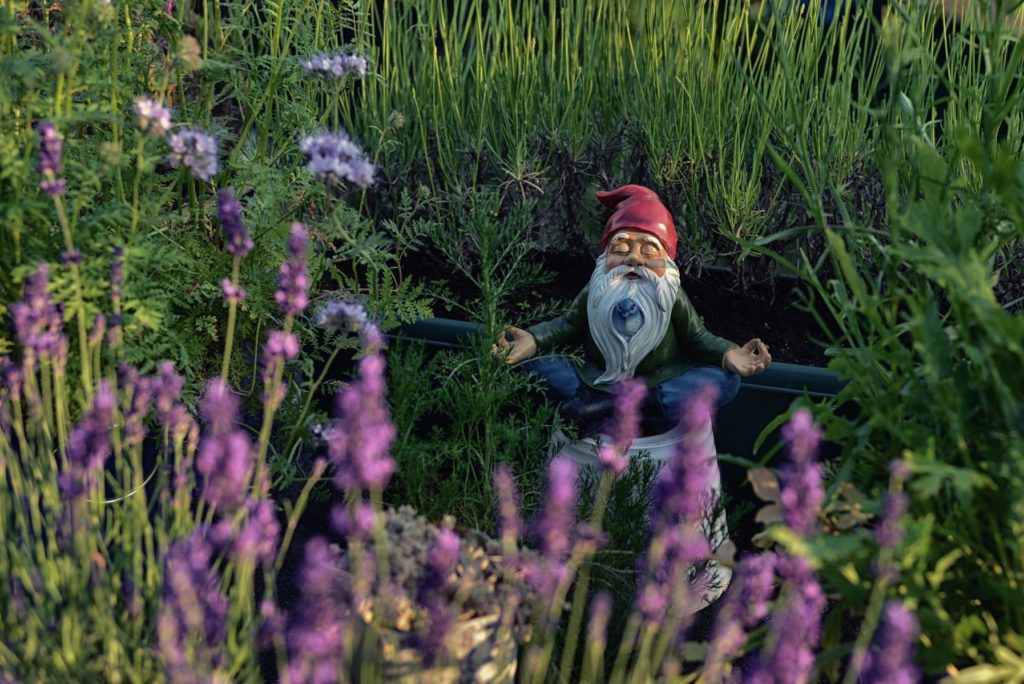 Like that you do not need to sped long stretches of time meditating and becoming frustrated when it feels like you are not making progress. Even 20 seconds or even 5 secs at a time, but the key here is doing it many times.
This isn’t a real substitute for longer meditation sessions but it helps quite a bit to get a hang on starting, and above all it helps a lot to develop “presence” of mind.
It’s definitely helpful especially if you work in front of a screen all day long. The reason is because that can produce a nasty state of mind, one which almost erases the effects of meditation. I use it during the day while I am at work in short bursts to refocus. When I am getting drained I will do it. Sometimes without even realizing it. Basically I don’t have any excuse how to do it, I need to practice not to do it. At least all of the time.
Especially during my commute.
Some preach long sessions only, they see them as the only way to go but then again, start small. Its better being consistent than pushing for long seshions and ending up being unmotivated to sit for 30 min each time.
My bottomline view is that it is important to do shorter sessions.
Even if you don’t get the full benefit.
Sit 5 minutes, even less if that is too much. Start from there and as you progress you might wanna do longer periods.
Like that you do not need to sped long stretches of time meditating and becoming frustrated when it feels like you are not making progress. Even 20 seconds or even 5 secs at a time, but the key here is doing it many times.
This isn’t a real substitute for longer meditation sessions but it helps quite a bit to get a hang on starting, and above all it helps a lot to develop “presence” of mind.
It’s definitely helpful especially if you work in front of a screen all day long. The reason is because that can produce a nasty state of mind, one which almost erases the effects of meditation. I use it during the day while I am at work in short bursts to refocus. When I am getting drained I will do it. Sometimes without even realizing it. Basically I don’t have any excuse how to do it, I need to practice not to do it. At least all of the time.
Especially during my commute.
Some preach long sessions only, they see them as the only way to go but then again, start small. Its better being consistent than pushing for long seshions and ending up being unmotivated to sit for 30 min each time.
My bottomline view is that it is important to do shorter sessions.
Even if you don’t get the full benefit.
Sit 5 minutes, even less if that is too much. Start from there and as you progress you might wanna do longer periods.  It’s called Geocaching. And as you might have guessed it is a website, you can find it under
It’s called Geocaching. And as you might have guessed it is a website, you can find it under